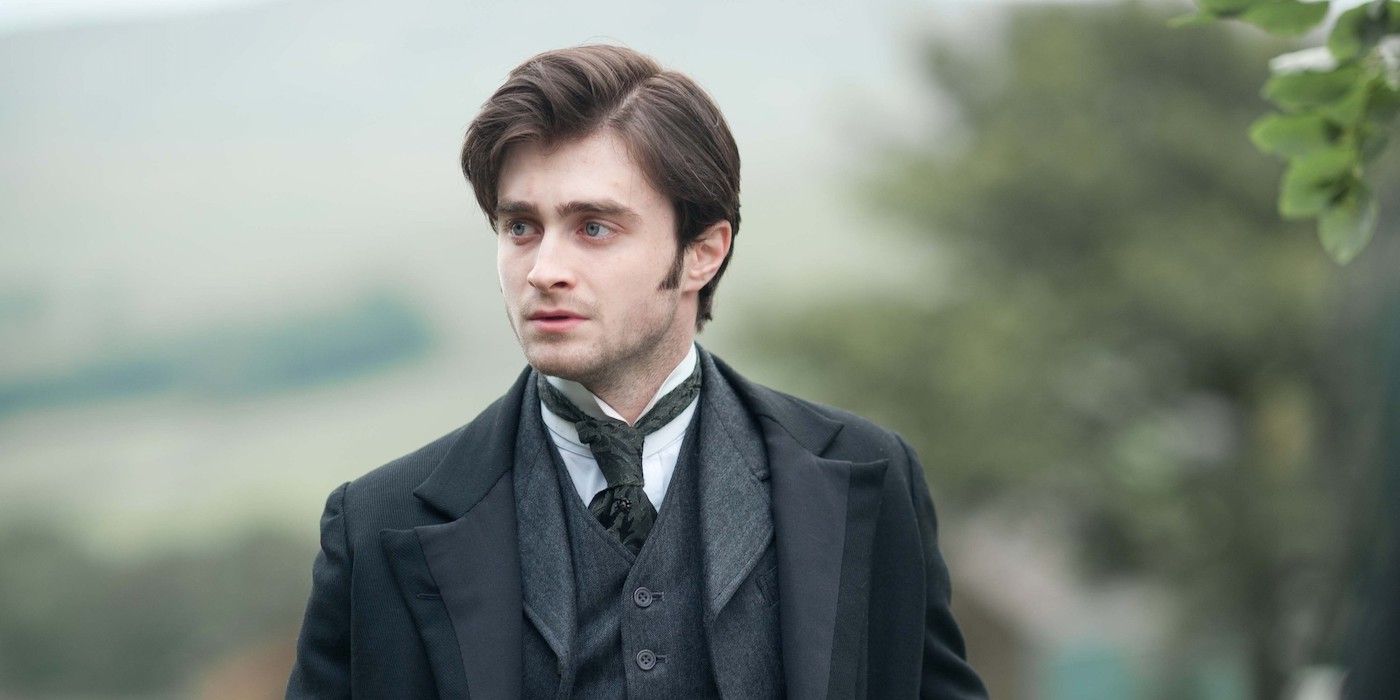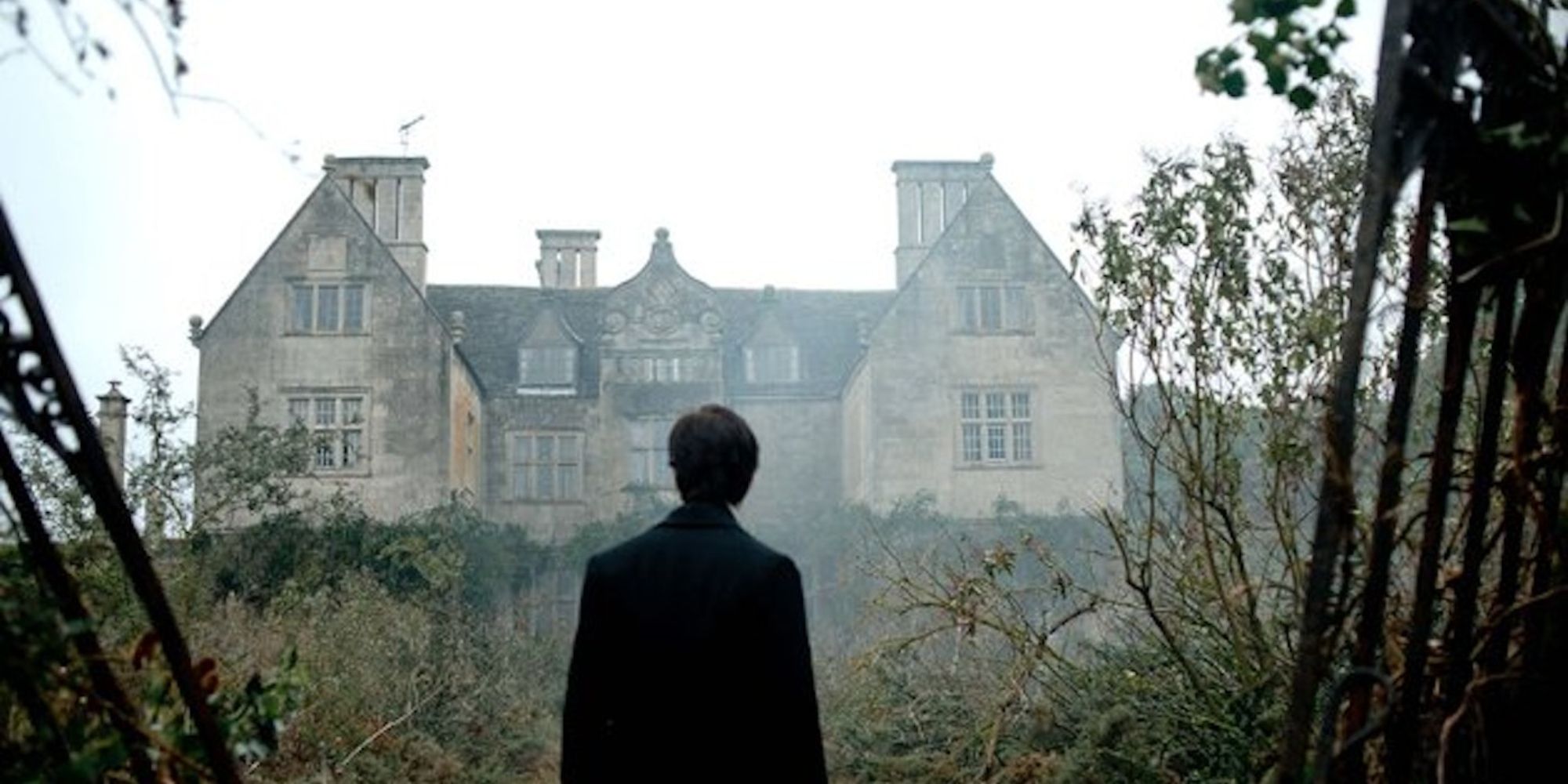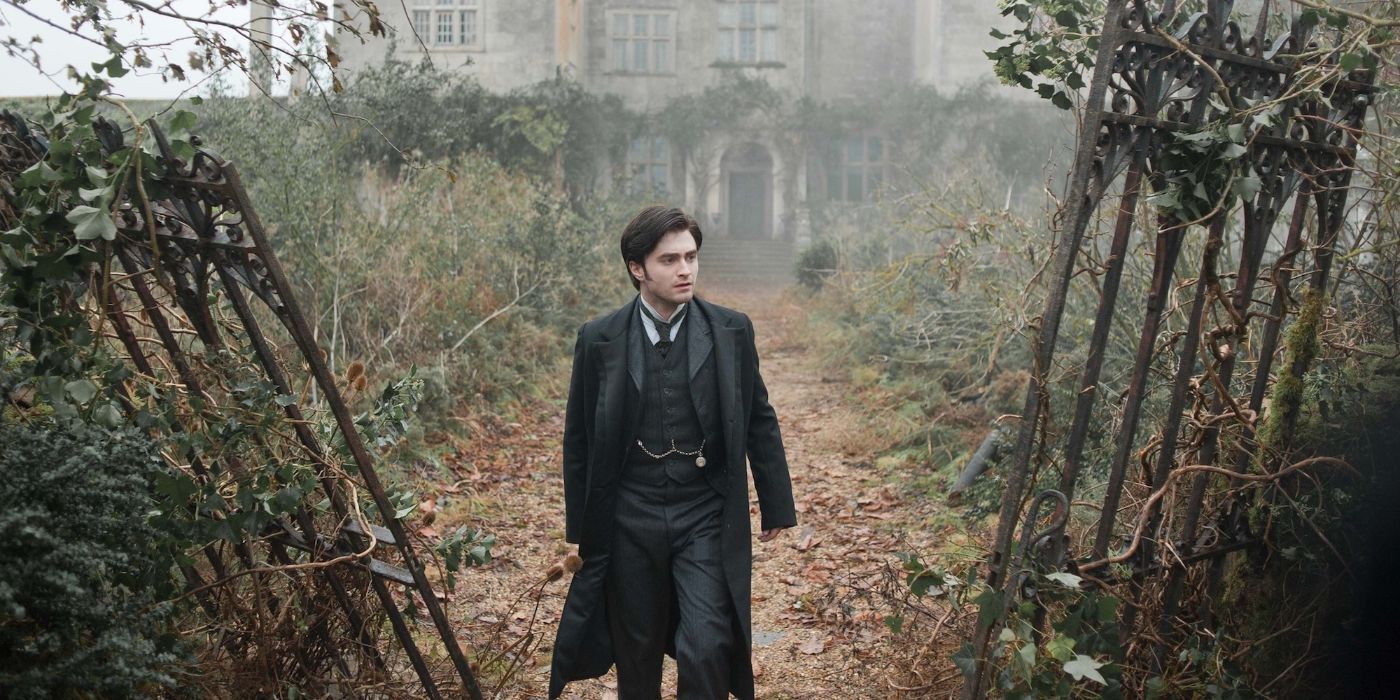The Big Picture
- Daniel Radcliffe's career has thrived since his role as Harry Potter, with successful projects like Miracle Workers and Broadway performances.
- The Woman in Black was a pivotal project for Radcliffe, showcasing his talent as a mature actor and re-introducing him to audiences.
- The film combines suspense, scares, and introspection, elevating it beyond a traditional horror movie and adding pathos and sincerity to the story.
The years have thankfully been kind to Daniel Radcliffe. From starring in critically acclaimed shows like Miracle Workers to taking on Broadway in hit revivals like How to Succeed in Business Without Really Trying, the former Boy Who Lived has had quite an interesting career since he gave his last performance as Harry Potter in 2011’s Deathly Hallows – Part 2. We’ve seen our fair share of child actors who struggle to get great work after their breakout roles, so it’s nice to see that someone like Radcliffe is still able to show the world how good of an actor he is. And all of that can be credited to his first big post-Potter project with the 2012 horror film The Woman in Black, directed by James Watkins.
Now you’re probably reading this thinking “Well, writer, what about his performance in Kill Your Darlings? He’s also incredible in Swiss Army Man! HAVE YOU EVEN SEEN NOW YOU SEE ME 2?!” The answer I have to these questions I wrote for myself is obviously yes, but The Woman in Black is a special project that one could argue (i.e, me) stands above others because of the impact it had on his career. The moody adaptation of the 1983 novel was a dark and engaging gothic horror throwback (which makes a lot of sense considering it was produced by Hammer Films of all places). It made for a fantastic re-introduction for audiences to experience Radcliffe as a mature actor.
What Is 'The Woman in Black' About?
Radcliffe plays Arthur Kipps, a lawyer in early-1900s London who’s sent to a local village to retrieve documents pertaining to the dead owner of a desolate estate. Still grieving his wife’s death, Kipps makes friends with Samuel Daily (a rare CGI-less Ciarán Hinds). After a series of mysterious child deaths in town, Kipps discovers the existence of a vengeful apparition dressed in black (*the* Woman in Black, if that wasn’t already clear) that has been terrorizing the locals for some time. When Kipps discovers more about the ghost’s ties to the town’s history, he seeks a way to stop her from ever killing again.
Watkins takes his time to build on the suspense and scares throughout the film’s 95-minute runtime, and ultimately delivers a fun and atmospheric throwback to the slow-burn ghost stories of yesteryear. But the real shining light in the film has to be Radcliffe’s acting, whose character arc allowed him to give a more somber and introspective performance compared to everything we’d seen him do at that point in his career.
Arthur Kipps is a character who, like most of the other village people, have suffered more than enough loss in his life. Grief is the biggest feeling that runs throughout The Woman in Black, and the film gives time for most of the characters to express how they deal with it in scenes that, while not traditionally scary in the way we’ve seen from normal horror movies, consequently raise the stakes for Kipps and the townspeople. The film could’ve easily tossed these quiet moments aside (one in particular being the dinner scene with Arthur and Sam) to allow for more sequences of terror, but it’s a choice that elevates the film into something more serious. Through the themes and Radcliffe’s approach to his character, the film becomes more than just another jump-scare fest by bringing in much-needed pathos and sincerity.
'The Woman in Black' Is One of Radcliffe's Most Intriguing Post-Potter Projects
The Woman in Black is also such an interesting project for Radcliffe because of how it ends. Once Arthur discovers that the ghost (also known as Jennet Humfrye, played by Liz White) murders children to seek vengeance over the drowning of her son, he decides to do what any horror protagonist does and end the curse by finding the boy’s body in the marsh and laying him to rest alongside his mother. But it doesn’t work, as the climax shows Jennet leading Arthur’s son Joseph (Misha Handley) to his death just before Arthur makes an attempt to save him, killing both in the process. The film ends with a sweet embrace between the two and Arthur’s wife, Stella (Sophie Stuckey), in the afterlife as Jennet looks on, seemingly ending the story for good. While the film did get a sequel in 2015 (albeit without the involvement of Radcliffe or Watkins), the first film ends on a definitively dark note. There was no need to set up a future installment, cementing The Woman in Black as a solid and isolated cautionary tale that you don’t see much of in horror today.
It’s rare to see a child actor make a strong first impression as an adult, but Radcliffe was able to knock it out of the park with this performance. There’d be no Miracle Workers or Swiss Army Man if it wasn’t for this weird little horror drama about ghosts. The Woman in Black was a fascinating re-introduction that, while not perfect, was able to successfully remind audiences that there was still much more to be seen from the former Boy Who Lived.



